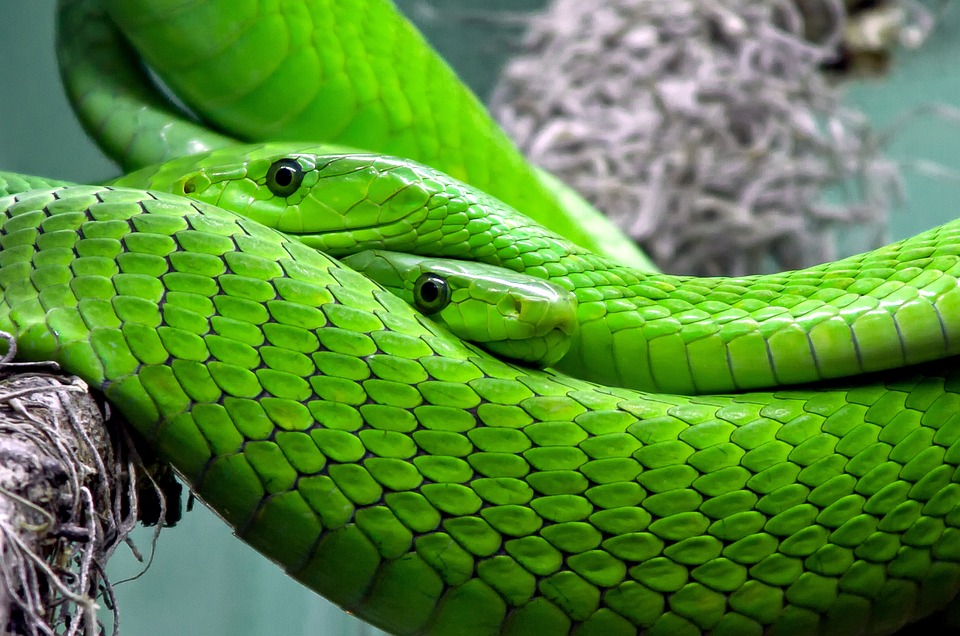Known for their deadly venom and striking appearance, venomous snake species can be found in various ecosystems around the world. From rattlesnakes in America to taipans in Australia, these lethal beauties have captivated the minds of people for centuries. In this article, we will explore some of the most notorious venomous snake species, their habitats, and the ways they administer their venom. Finally, we will discuss how to prevent snakebites and what to do if you encounter one of these beautiful but dangerous creatures in the wild.
The Diversity of Venomous Snakes
There are more than 600 species of venomous snakes worldwide, belonging to the families Viperidae, Elapidae, Atractaspididae, and Colubridae. They can be found on every continent except Antarctica, ranging from the deserts to the rainforests. Although most people associate venomous snakes with their ability to kill or cause severe harm, their primary use of venom is to subdue and consume their prey, not for self-defense. In fact, when faced with humans, most venomous snakes would rather retreat than attack.
Rattlesnakes: America’s Deadly Serpents
Rattlesnakes are members of the pit viper family, found predominantly in the Americas. They are best known for their distinctive tail rattles, which they use to warn potential predators to stay away. There are 32 species of rattlesnakes, ranging in size from the diminutive 30 cm long Pygmy Rattlesnake to the 2.4 m long Eastern Diamondback Rattlesnake. Their venom is hemotoxic, causing tissue damage and disruption of blood clotting, which can lead to death if left untreated.
The Deadly Taipan: Australia’s Assassin
Taipans are elapid snakes native to Australia and neighboring Papua New Guinea. The Coastal Taipan and the Inland Taipan, often referred to as the small-scaled snake or the fierce snake, are known for their highly potent neurotoxic venom. The Inland Taipan holds the title of the most venomous snake in the world, with a single bite containing enough venom to kill over 100 adult humans. Fortunately, these snakes are generally reclusive and shy, with no human fatalities in recent history due to the availability of effective antivenom treatment.
Preventing Snakebites and Encounters
While some regions have a higher prevalence of venomous snakes, it’s essential to know how to prevent encounters and potential bites. Some tips include dressing appropriately when in snake territory, such as wearing long pants and boots, avoiding tall grass or underbrush, and always remaining vigilant when outdoors. If you come across a snake, it is vital to give it space and slowly back away without making sudden movements, as most snakebites occur when the snake feels threatened or cornered.
Conclusion
Venomous snakes are indeed fascinating creatures, possessing both deadly attributes and undeniable beauty. Understanding these species’ biology, behavior, and distribution can help us appreciate these animals’ ecological roles while protecting ourselves from potential harm. By learning about their habitats and habits, developing appropriate preventative measures, and knowing what to do during encounters, we can coexist with these incredible creatures safely and peacefully.
Frequently Asked Questions (FAQs)
- What is the most venomous snake in the world? The Inland Taipan, native to Australia, is considered the most venomous snake in the world, with a single bite containing enough venom to kill over 100 adult humans.
- How many venomous snake species are there? There are more than 600 known venomous snake species worldwide, spanning four families: Viperidae, Elapidae, Atractaspididae, and Colubridae.
- Can you determine if a snake is venomous by its appearance? It is challenging to determine if a snake is venomous based solely on its appearance, as there is considerable variation among species. Some common visual cues, such as a triangular-shaped head or slit pupils, may not be accurate indicators. In general, it is best to treat all unknown snakes with caution.

No responses yet